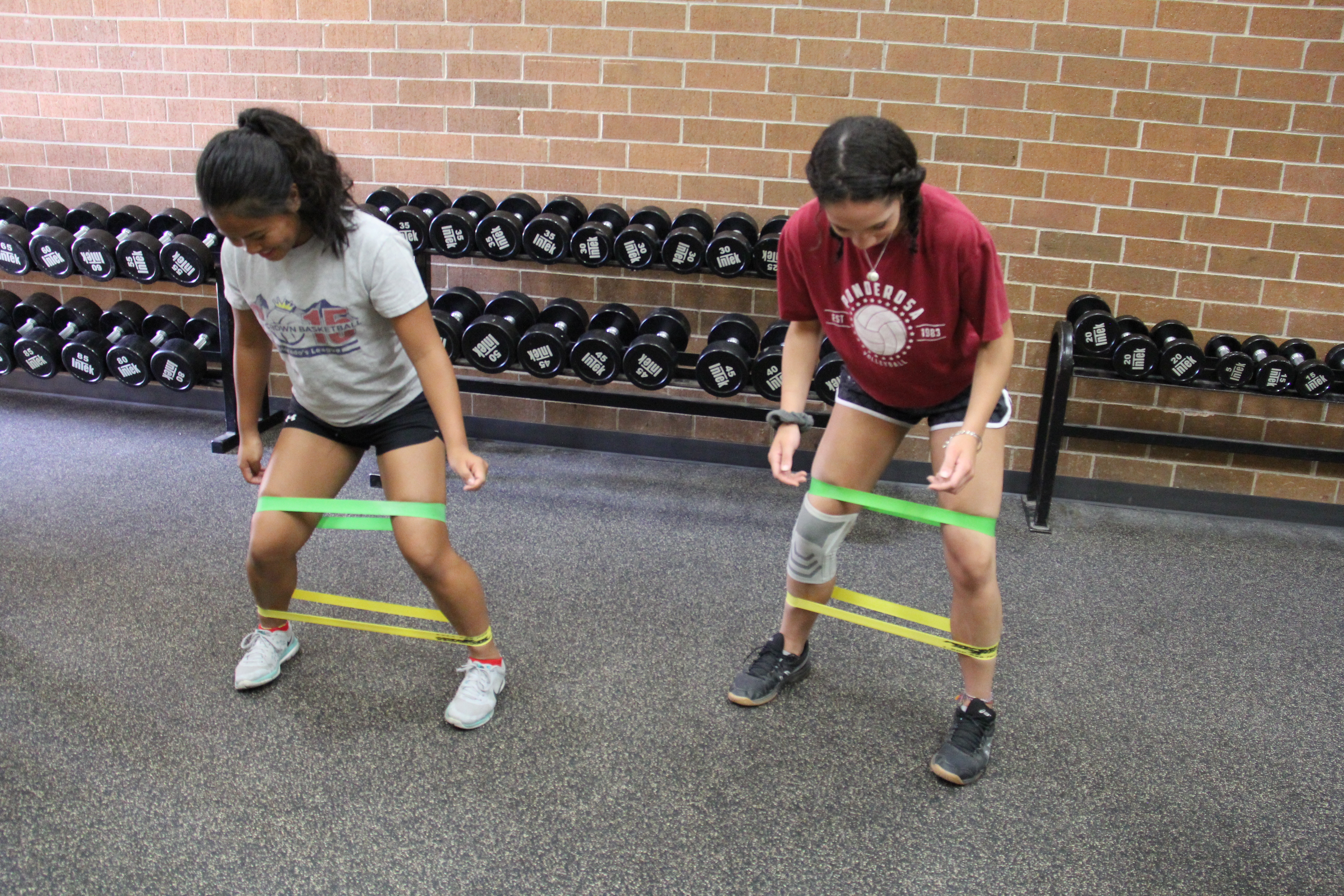7 Flexibility Exercises For Young Athletes To Do
Speed & Agility | Sports Performance// Young athletes should be doing flexibility exercises
Flexibility exercises are integral for young athlete’s growth and long term development. It is important for kids to have solid movement patterns taught at an early age by coaches. It is never too early to start your young athletes on some daily flexibility exercises.
Ever watched a child move effortlessly between the monkey bars, ladders, and slides on a playground? Or observed them holding a deep, butt-to-heels squat while they play with LEGO blocks for hour after hour? If so, it’s hard to not be amazed by their natural mobility, and, on the flipside, to be aware of the contrast with your own limitations, aches, and pains.
The trouble is that somewhere along the line, society starts to place its imprint on the movement patterns and capabilities of our kids, and not in a good way. From the time they’re in kindergarten, children must trade movement-rich days for their equivalent of our nine-to-five jobs. In terms of positioning, this means being crammed into chairs for several hours a day. And due to the cutting back of recess and the curtailing of PE (as a Dad, one of those don’t-get-me-started topics that writers like Shane Trotter have done a solid job commenting on), both physical activity and creative, movement-based play are reduced during the formative school years.

Yes, youth sports offer some welcome remediation – as do those parents who include their children in active lifestyles. But it would be foolhardy to assume that being deskbound isn’t having a detrimental impact on young athletes structures and capacity alike. And, as previously mentioned in this series, a tendency to push kids too hard too early in sports and make them specialize from a young age comes with a cascade of woes, from repetitive-strain issues to serious orthopedic issues that require surgery to burnout.
Even for the healthy children who are active daily but not crossing into the danger zone, dealing with the effects of being largely sedentary at school and – for many – living in non-pedestrianized areas in which cars are the only way to get around can be tricky. And the rigors of practices and games can also take their toll on children’s soft tissues.
One simple way to tackle this challenge head on is to make sure your young athletes are using solid movement patterns taught by expert coaches who understand both biomechanics and developing bodies. Then on the back end, it’s not too early to start your young athletes or those you instruct doing a little daily flexibility work (and, dare I say, join in with them). While you should avoid harder balls and rollers that could cause pain, you can use bodyweight-based positioning and softer implements to get them started with the flexibility exercises below. This is by no means a comprehensive list, but will hopefully provide a solid starting point. For further guidance, check out www.mobilitywod.com:
// Here are 7 flexibility Exercises for your young athletes to do
Your Title Goes Here
Your content goes here. Edit or remove this text inline or in the module Content settings. You can also style every aspect of this content in the module Design settings and even apply custom CSS to this text in the module Advanced settings.
Foot Rolling
As much as possible, you should put your kids (and yourself, for that matter) in flat, flexible shoes with a minimal midsole and a heel-to-toe drop of 4 mm or below. This will help ensure you’re not asking little feet to do things they’re not made to, or restricting natural movement. But even if you follow this guideline, an active child can develop sore, tight feet from all their running around. In which case, have them:
- Place a small, soft ball under their left foot
- Gently roll it from side to side, up and down, and diagonally
- Keep going for five minutes and then switch feet
Calf Mob
If your kids are doing a lot of leaping – and let’s hope they are – then their lower legs can get pretty stiff, particularly during a tournament or basketball camp in which they’re doing the same movements day in and day out. To address this issue, simply:
- Sit down on the floor
- Place a soft roller at the bottom of the calf, just above the heel
- Slowly rotate the calf over and across the calf
- Move the roller up the leg every minute or two, ending just below the back of the knee, then switch sides
- To increase the effect, try crossing the inactive leg over the top of the active one
Quad Smash
While kids might not get as tight in the quads as we adults, this area is still doing a lot of work and knee injuries can be caused by being overly tight here. So do this to take care of it:
- Lie face down on the ground
- Place a soft roller or ball on the quad, just above the kneecap
- Roll the upper leg side to side across the tool
- As with the calf mob, slowly inch the implement up the leg, ending at the top of the quad
- Then switch legs
Couch Stretch
Even if a child does the previous exercise, they can still get locked down in the hip flexors (my 12-year-old son often struggles with this). Enter Kelly Starrett’s couch stretch:
- Kneel in front of a wall, a plyo box or, as the name suggests, your couch
- Place your left shin flat against the wall, box or couch and turn your foot slightly inward
- Your right foot should be straight and flat on the floor in front of you
- Push your left hip toward the ground, squeezing your butt as you do so
- Try moving into the corners by tilting your torso slightly to the outside or inside of your back leg
- After a minute or 2, push through your right foot, remove your left hand from the floor and move your torso into an upright position. If you find yourself losing your balance, place a box, weight bench or something else to the side of you to hold on to.
- Switch sides
Hamstring Tack and Floss
Following all that sitting at school with explosive movements in sport practices and games can become a perfect storm for the poor old hamstrings. Help is at hand with this mobilization, which your kids can even do in the classroom:
- Sit down on a chair or box (irony noted)
- Put a small ball between the seat’s surface and the back of the upper leg
- Starting just below the butt, roll the ball slowly from side to side
- Alternate this by flexing and extending at the knee
- Work all the way down to just behind the knee, and then switch sides
Forearm Fixer
If you’ve got a budding baseball, softball, or tennis player, chances are that their little forearms are doing a lot of work, and so are pretty tight. To feed some slack into the tissues:
- Hold out your arm and turn the palm so it faces upwards
- Put a soft ball in between the wrist and a counter or table
- Place the other hand on top of the active forearm
- Slowly rotate the wrist clockwise and counterclockwise
- After a minute or two, shift the ball up the forearm a bit. Repeat until you finish with the ball just below the elbow, then switch sides.
Bar Hang
Hanging is a natural movement pattern but one we’re doing less and less often. You can open up your kid’s shoulders by having them:
- Grab a pullup bar with an overhand grip, shoulder-width apart
- Slowly lower into a hanging position with shoulder blades pulled back and down
- If they struggle to hold the position, you can spot them
- Hang for 30 to 45 seconds, rest for a minute or two, then repeat
- Vary the stimulus by switching to an underhand chin-up grip
- Hanging can also help them progress towards doing full pull-ups, if they can’t already

About TrainHeroic
Support
Made with love, sweat, protein isolate and hard work in Denver, CO
© 2021 TrainHeroic, Inc. All rights reserved.


